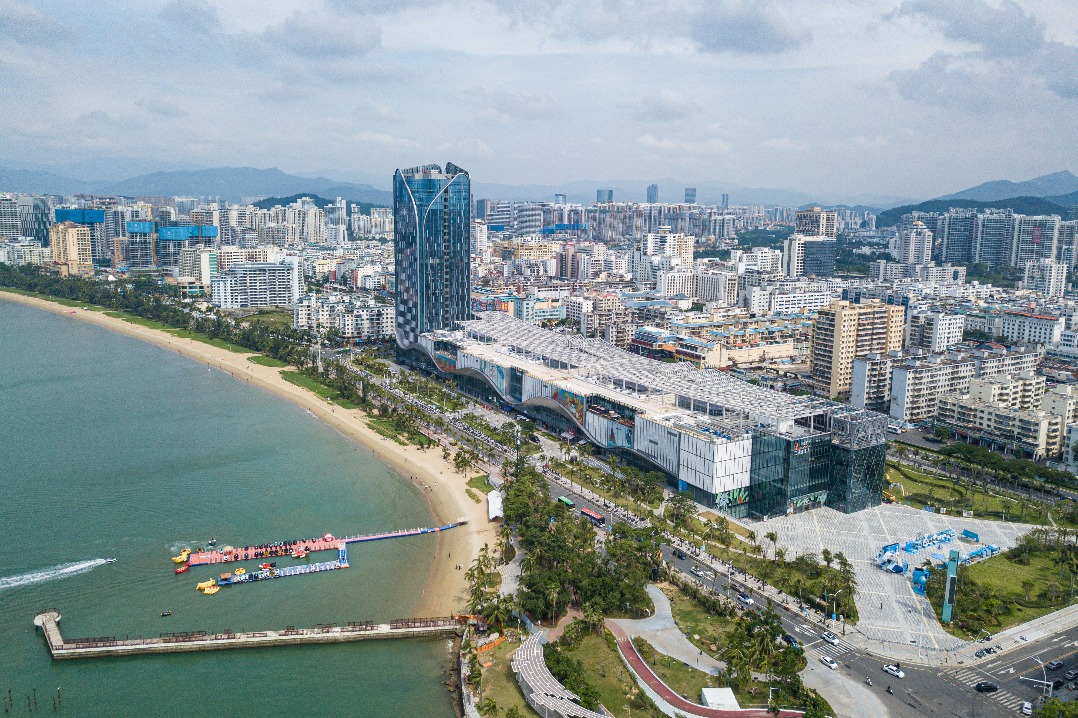Henry Tang's challenge - defining just what WKCD is

Hong Kong often berates itself for having fallen behind the technology curve. But this is unfair. Hong Kong is a world-leader in virtual reality. Just look at the West Kowloon Cultural District (WKCD), and it has a new boss - or rather chairman of the board - in Henry Tang Ying-yen. Tang, who has been around the block, indeed several, more than once, certainly has experience to lead it, should he actually be given leeway - but the question is what "it" is.
The WKCD has been on the drawing board so long that Hong Kong has changed considerably since the project - and the justifying rationales - were first mooted. To take a simple example, Hong Kong now has a proper opera company - in fact, two. Opera Hong Kong's upcoming Aida next month has cast members who would not be out of place at New York's Metropolitan Opera. One can trace similar development in Hong Kong's classical music scene and the various arts festivals. The situation, therefore, is no longer a case of "build it and they will come", for "they" are already here.
The shortage of performing venues is a palpable and serious constraint on growth; just ask any local arts organization that tried to book one. While many events can and must be planned a year or more in advance - a not atypical lead time for securing a venue - not everything should or can be. It is true that Hong Kong has a number of good performing spaces - in particular at the universities - that are relatively under-utilized but the point of the WKCD is contained not so much in the "C" as in the "D"; to have a number of prime cultural facilities all in one place.

The efficacy and necessity of this can be debated. Some cities - notably New York with its Lincoln Center, comprising several performance halls on three sides of a large plaza - have such cultural complexes while others - including Paris and Rome - do not really have something equivalent. But the option of a plethora of theaters and museums spread around the city doesn't exist for Hong Kong, whereas the WKCD does. One needs to play cards with the hand one is dealt; and this isn't a bad hand as long as one doesn't discard the aces and keep the deuces.
As someone who has observed the WKCD project since its inception - what there was of it to observe - and who has been involved in various cultural endeavors from literary festivals to theater and opera, it has never been clear to me what the WKCD was supposed to achieve, other than broad generalizations about being a "regional center for promoting arts and culture".
The strategy regarding museums, for example, seems to have whipsawed from M+, a museum for "visual culture", to what might be described as a de facto branch of Beijing's Palace Museum. However grandiose these may be, neither would seem to target the broad middle of museum goers, those who throng New York's Met and MOMA, London's National Gallery and Paris's Louvre and Orsay for the paintings. Video installations, for example, are all very well, but are unlikely to end up as a poster on a student's wall.
The current debate, however, seems to concentrate not on coherent arts and culture objectives as much as on whether the district will be "commercialized". It is easy to come down on one side of this issue or the other, but as in most things, reality is nuanced. Culture that is completely divorced from commercial considerations risks being like the tree that falls in the forest with no one to hear it. At the very least, one needs facilities, exhibitions and performances that people actually attend; one should not turn up one's nose at Broadway-style musicals. Similarly, cafes and restaurants have - to the chagrin of many - sprouted in almost all the world's major museums. But there are worse things than subsidizing students looking at paintings by serving others overpriced food. But when the space becomes more about gift shops and cake than art, then that's a problem.
A cultural development like Lincoln Center, entirely set off from residential and commercial buildings, is something of a rarity. Theaters, opera houses and museums are often - albeit by circumstance rather than design - integrated into the surrounding urban fabric. While stand-alone temples to culture have their appeal, there is nothing inherently wrong with residential or commercial facilities clustering around - or these days, on top of - museums or theaters. If this helps pay for something that is unlikely to pay its own way otherwise, then so much the better. One can do this well, or one can do it badly.
And that really is the choice facing Tang and the WKCD. One often gets the feeling that culture in Hong Kong is considered akin to Samuel Johnson's dog walking on its hind legs: "It is not done well; but you are surprised to find it done at all." That approach would violate the point of the exercise. If the WKCD is worth doing, it's worth doing well.
(HK Edition 09/25/2017 page10)
Today's Top News
- US arms sales to Taiwan a dangerous gambit: Editorial flash
- Taiwan opposition lawmakers announce plan to impeach Lai Ching-te
- Boosting consumption will be key in 2026
- No one should remain silent accomplice of racism
- Hainan FTP opens fast lane
- Visa-free measures spur surge in visitors






























